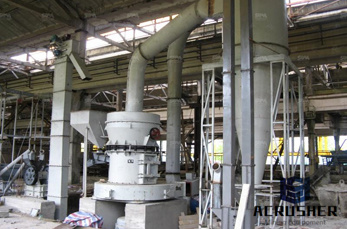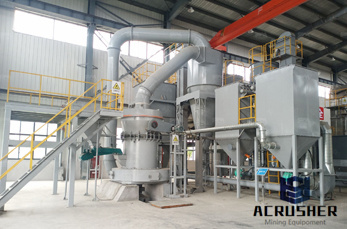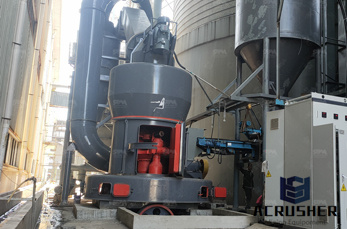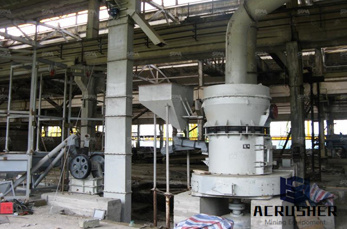Chapter 23: Offshore Mining Industries
Chapter 23. Offshore Mining Industries Contributors: Elaine Baker (Lead member and Convenor of Writing Team), Françoise Gaill, Aristomenis P. Karageorgis, Geoffry Lamarche, o Bhavani ...
 WhatsApp)
WhatsApp)
Chapter 23. Offshore Mining Industries Contributors: Elaine Baker (Lead member and Convenor of Writing Team), Françoise Gaill, Aristomenis P. Karageorgis, Geoffry Lamarche, o Bhavani ...

Welcome to the Wyoming State Geological Survey. Gold in Wyoming. Gold, the intrinsically valuable "royal metal," derives its value from the combination of its rarity and beauty along with its softness ( to 3 on the mohs hardness scale), malleability, ductility, ease of alloying with other metals such as copper and silver, and its high resistance to corrosion and tarnish.

Tin resources of the world, exclusive of the and China_ 9 3. Estimated tin reserves and resources of the and China_ 10 ... The most productive placer deposits of the world (Southeast Asia) are associated with a stanniferous region of type 1. ... the ocean basins (Siberia). Thus, most tin deposits are looalized along tectonic ...

These concentrations of minerals ar e known as placer deposits and led to California''s Gold Rush. The beaches and shallow offshore waters of Australia are the source for about 95% of the world''s rutile, an important titanium mineral, as well as gold, zirconium, tin and chromium bearing miner als. Much of .

Mineral Resources from the Ocean ... Placer Gold, Tin, Titanium, and Diamonds. Placer deposits are accumulations of resistant and insoluble minerals that have been eroded from their original locations of formation and deposited along river courses or at the ocean margins. The most important of these deposits contain gold, tin, titanium, and ...

Start studying Mineral Resources. Learn vocabulary, terms, and more with flashcards, games, and other study tools. Search. ... _____ deposits in lake or ocean sediments when hot groundwater enters unconsolidated sediments on the bottom precipitates ore minerals in the pore spaces. Included within the sedimentary strata ... gold panning (placer)

Mertie (1919) reports 20% tin in concentrates, equivalent to 25% cassiterite from Willow Creek. Gold, ilmenite, magnetite, platinum, pyrite, garnet, quartz, and zircon are also reported in the concentrates. He believed that the gold and cassiterite were derived from mineralized bedrock within the drainage.

In addition, economically important marine placer deposits accumulate elements like tin, titanium, thorium and gold. It is this combination of traditional (base) metals and the extreme enrichment in critical elements that makes the varied types of seafloor mineral deposits particularly interesting to .

Placer Minerals − It includes gold, diamond, platinum, tin, etc. Granular Sediments − It includes carbonate rich sand, quartz and shell. Hydrothermal Minerals − It includes copper, zinc, lead, etc. Besides these minerals, an ocean is a storehouse of many other resources such sea food, oceanic wave energy, tidal energy, etc.

New Mineral Deposit Models for Gold, Phosphate Rare Earth Elements, and Placer Rare Earth ElementTitanium Resources ... and Placer Rare Earth ElementTitanium Resources. Science Center Objects ... (± rare earth elements) deposits, and titaniumrare earth element placer deposits. These mineral deposit models are designed for assessment use and ...

Start studying Science Chapt 5 Oceanography Sect 1: Seafloor. Learn vocabulary, terms, and more with flashcards, games, and other study tools. ... placer deposits (ex: gold, titanium, diamonds) Formed when the superheated water plumes come through cracks along midocean ridges and cool; these resources are not currently being mined due to ...

note: formidable obstacles of climate, terrain, and distance hinder exploitation of natural resources Rwanda gold, cassiterite (tin ore), wolframite (tungsten ore), methane, hydropower, arable land S Saint Barthelemy has few natural resources, its beaches being the most important Saint Helena, Ascension, and Tristan da Cunha fish, lobster

Arctic Ocean: sand and gravel aggregates, placer deposits, polymetallic nodules, oil and gas fields, fish, marine mammals (seals and whales) ... titanium (rutile and ilmenite), tin, zircon, silica sand, clay, petroleum ... formidable obstacles of climate, terrain, and distance hinder exploitation of natural resources: Rwanda: gold, cassiterite ...

Oct 19, 2017· Ocean Metallic and Non Metallic Resource ... Ocean Resources extracted from the sea range from common construction materials to hightech metals to water itself. Generally the following mineral resources are extracted from Ocean sources. o Salt o Potassium o Magnesium o Sand and Gravel o Limestone and Gypsum o Placer gold, Tin, Titanium and ...

1.—melting increases volume Oceanocean Convergent volcanism 1.—melting increases volume. ... Placer Gold • Panning and sluice box methods ... • gold, platinum, tin, titanium, and rare earth metals "Industrial" Minerals • Usually not metals

Placer deposits are concentrations of heavy minerals formed by the action of gravity, usually found in streams. Minerals that occur as placer deposits include gold, copper, rutile, cassiterite, and magnetite.. Most offshore minerals, with the exception of oil and gas, don''t occur in sufficiently highore grades to warrant their economic production.

The ore minerals in most of the world''s iron and manganese reserves were chemically precipitated in the ocean and accumulated on the sea floor. Placer deposits are heavy metallic minerals, such as iron or titanium minerals, or native gold or diamonds, that have been concentrated by wave or water action in a river or beach environment. The ...

wide natural resource base including major deposits of oil, natural gas, coal, and many strategic minerals, reserves of rare earth elements, timber note: formidable obstacles of climate, terrain, and distance hinder exploitation of natural resources: Rwanda: gold, cassiterite (tin ore), wolframite (tungsten ore), methane, hydropower, arable land

Chapter 2 Resource Assessments and Expectations WORLD OUTLOOK FOR SEABED MINERALS Ever since the recovery of rocklike nodules from the deep ocean by the research fides formed at seafloor spreading zones where su Challenger during its epic voyage in 1873, there has been persistent curiosity about seabed minerals.

Heavy mineral sands are a class of ore deposit which is an important source of zirconium, titanium, thorium, tungsten, rareearth elements, the industrial minerals diamond, sapphire, garnet, and occasionally precious metals or gemstones.. Heavy mineral sands are placer deposits formed most usually in beach environments by concentration due to the specific gravity of the mineral grains.

Technically a placer deposit is the general term for a mineral deposit formed by the concentration of moving particles by gravity. Alluvial is the name for placer deposits formed by water action in a stream or river. For most people, it''s all about alluvial deposits, or to be blunt, the allure ...

Name of mineral which is derived from ocean waters Ask for details ; Follow Report by Pavan6835 2 weeks ago Log in to add a comment

Marine placer gold concentrations have been observed along the south coast of the Seward Peninsula since the 1901 gold ... Placer tin as cassiterite with accessory lithophile minerals have been prospected or mined from nearly all streams ... Marine placer resource development has figured prominently in the economy of the Seward Peninsula and ...

Apart from the hydrocarbon and coal deposits of the offshore not considered here, the nonrenewable resources of the sea include the huge potential of the manganese nodules, the important construction materials sand and gravel, placer deposits supplying a large part of the tin and titanium requirements, metalliferous sediments such as the Red ...
 WhatsApp)
WhatsApp)